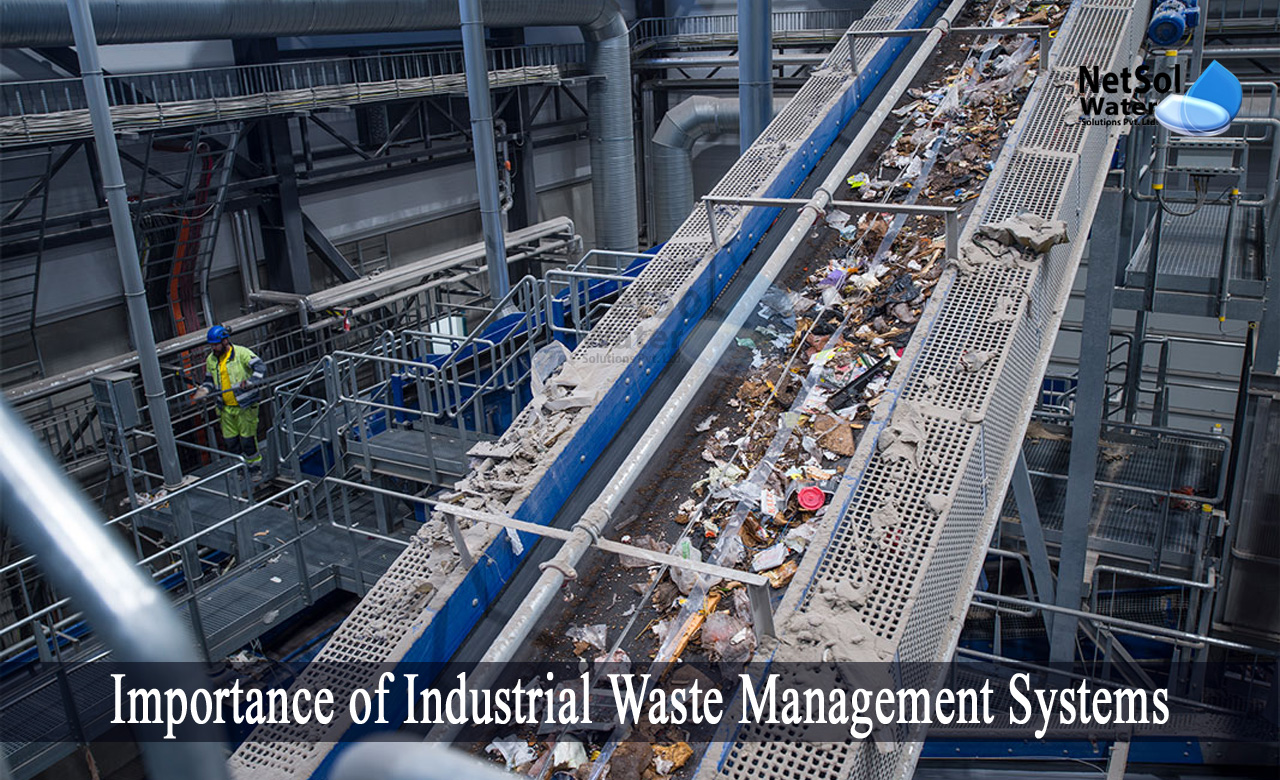The Greatest Guide To Reclaim Waste
The Greatest Guide To Reclaim Waste
Blog Article
Our Reclaim Waste Ideas
Table of ContentsNot known Facts About Reclaim WasteIndicators on Reclaim Waste You Should KnowA Biased View of Reclaim WasteOur Reclaim Waste PDFsThe Ultimate Guide To Reclaim Waste
Domestic sewer waste refers to the waste and products from a property septic tank. The appropriate monitoring and disposal of residential sewer waste call for fluid waste to be moved to a sewer therapy plant where the proper approaches and devices are used to cleanse and dispose of waste.
Commercial waste usually includes prospective threats, such as combustible products or a mix of fluid and solid waste items, and requires an advanced and thorough disposal procedure. The disposal of business waste normally entails the purification of waste prior to transport to make sure risk-free and correct disposal. Industrial waste is produced from byproducts and overflow of industrial procedures and manufacturing.
This type of waste can not use the exact same sewage monitoring transportation or processes as septic or business liquids. The hazardous waste administration process calls for the examination and testing of liquid waste before it goes through the disposal procedure (industrial wastewater treatment). Runoff waste is the fluid waste that comes from runoff and excess stormwater in extremely inhabited locations or cities
Overflow waste can cause contamination and flooding if not managed effectively. Making sure proper waste management can avoid catastrophes and decrease ecological damage.
Reclaim Waste for Beginners
Get in touch with PROS Services today to discover our waste monitoring and disposal services and the appropriate ways to care for the liquid waste you generate.
(https://www.openstreetmap.org/user/reclaimwaste1)Do you recognize what happens to your water when you draw the plug, purge the commode or drain the cleaning maker? No? Well, it deserves understanding. This so-called 'wastewater' is not just an important source yet, after treatment, will certainly be released to our land, rivers or the sea. Used water from bathrooms, showers, baths, cooking area sinks, washings and commercial procedures is known as wastewater.

water utilized to cool machinery or tidy plant and tools). Stormwater, a form of wastewater, is runoff that streams from farming and urban areas such as roofings, parks, yards, roadways, courses and rain gutters right into stormwater drains pipes, after rain. Stormwater streams neglected directly to regional creeks or rivers, at some point getting to the ocean.
The Of Reclaim Waste
In Queensland, a lot of wastewater is treated at sewer treatment plants. Wastewater is carried from domestic or industrial sites through a system of drains and pump terminals, referred to as sewerage reticulation, to a sewer therapy plant. City governments build, keep and operate most sewer therapy plants. Operators are accredited under the Environmental Protection Act 1994 click to release treated wastewater at an acceptable ecological requirement into rivers.
The Division of Natural Resources advises city governments regarding handling, operating and preserving sewerage systems and therapy plants. In unsewered areas, local federal governments may require homeowners to set up specific or household sewer treatment systems to deal with domestic wastewater from commodes, kitchen areas, shower rooms and washings. The Department of Natural Resources authorizes making use of home systems when they are confirmed to be reliable.
The majority of stormwater gets no therapy. In some brand-new neighborhoods, treatment of some stormwater to eliminate clutter, sand and gravel has actually begun making use of gross pollutant catches. Wastewater treatment happens in four stages: Removes strong matter. Bigger solids, such as plastics and various other things wrongly discharged to sewers, are gotten rid of when wastewater is passed through screens.
Utilizes little living microorganisms understands as micro-organisms to damage down and eliminate remaining liquified wastes and fine bits. Micro-organisms and wastes are incorporated in the sludge.
How Reclaim Waste can Save You Time, Stress, and Money.
Nutrient elimination is not offered in all sewage therapy plants since it needs costly specialized tools. It is becoming much more common in Queensland. Clear liquid effluent generated after treatment might still have disease-causing micro-organisms. If this effluent is released into rivers such as rivers or the sea, the micro-organisms will at some point pass away out.

A lot of wastewater streams right into the sewerage system. Under the Act, local federal governments carry out approvals and licences for environmentally relevant activities (Periods) entailing wastewater releases that could have a neighborhood impact.
The Ultimate Guide To Reclaim Waste
Surveillance gives accurate details regarding water quality and can validate that licence problems are being fulfilled. The details gotten through tracking supplies the basis for making water top quality choices.
Report this page